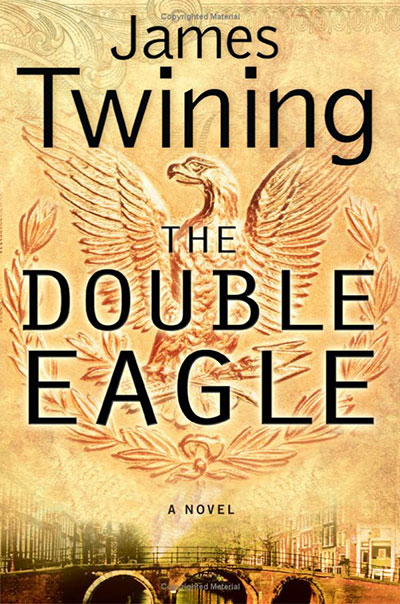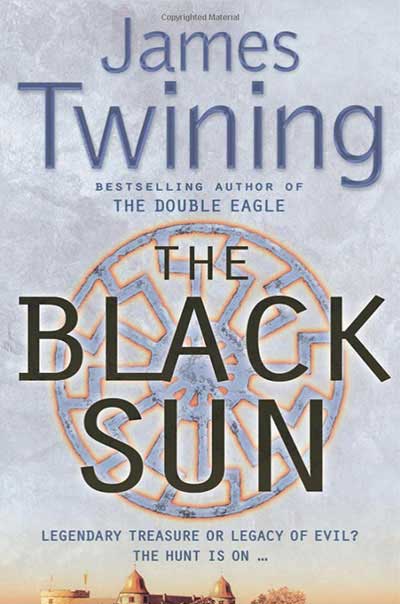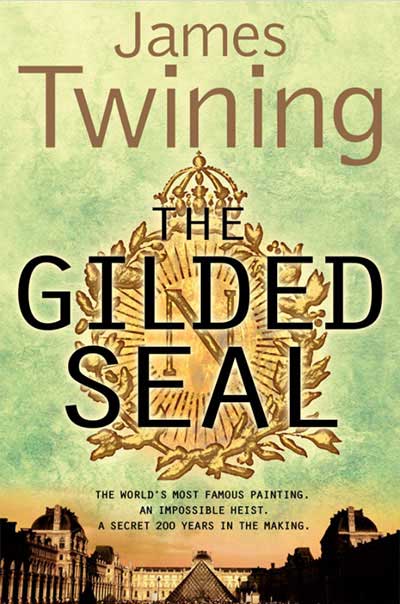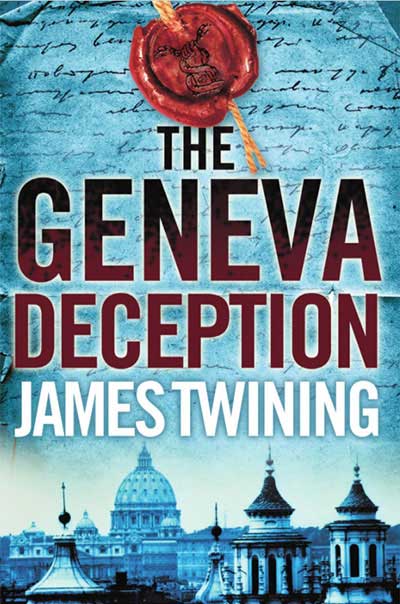Tom is an avid watch collector. Below are details on some of the watches that play supporting roles in The Double Eagle.
1956 Jaeger le Coultre – “Memovox”
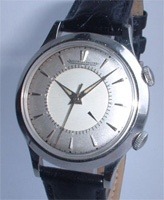
Jaeger Le Coultre was established in 1833 in the Vallée de Joux watch making region of Switzerland. They are highly regarded for their quality timepieces, technical innovation, and one of the most stringent and fanatical testing centres in Switzerland. Even today, Jaeger Le Coultre are one of the few elite Swiss watchmakers who manufacture their own movements in-house rather than buy them in.
Jaeger Le Coultre have been especially instrumental in the development of wrist alarms, and the 1956 Memovox was the world’s first automatic wrist alarm. As the picture above shows, the dial appears to be two tone as the inner disc is a revolving plate which allows the user to set the alarm indicating pointer. The top crown winds the alarm and sets the alarm activation time, whilst the bottom crown sets the hands and winds up the watch.
In The Double Eagle, this is Tom’s favourite watch, left to him by his mother after her death in a car crash and the piece which probably started his fascination with watches (James himself owns a watch like this!)
1965 Rolex – ” ‘Paul Newman’ Daytona”
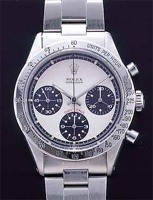
Rolex introduced their first chronograph models around 1937, the watches designed to measure as well as tell the time with a separate seconds hand which can be started, stopped and reset to zero, via push buttons on the side of the case. These watches featured Valjoux movements, and while they saw numerous styles over the following decades, their success was somewhat limited.
In 1961 Rolex released a chronograph that was quickly adopted by the auto racing community, due to their usefulness when calculating average lap speed. These models became known as the Daytona after Daytona Beach, Florida, site of the famous race track.
These first models were available in a number of dial configurations, including what has become known as the exotic dials. These exotic dial configurations were either black (with white registers), or cream white (with black registers), and featured square markers within the registers. These were nicknamed the Paul Newman models, although how his name came to be associated with them remains uncertain. One theory is that he wore one in the cult 1969 Indy car racing film Winning. They remain very collectible.
In The Double Eagle, Jennifer Brown first approaches Tom when he is viewing this watch in a shop window in the Piccadilly Arcade in London.
1934 Rolex – “Prince”
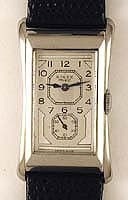
The Rolex “Prince”, a revolutionary timepiece that became the most accurate watch of it’s day, represents the pinnacle of the long, elegant, flared wristwatch.
Rolex designers discovered that if they put the balance wheel and the mainspring barrel at opposite ends of the watch, then they could use a larger mainspring and a larger balance wheel, impossible in a round case where the parts are in closer proximity.
This change also allowed the watch to run for a longer period of time on one winding and it provided for a balance wheel that had more momentum. This momentum was aided by the use of solid gold balance screws, another innovative idea that added both value and quality.
The “Prince” was first introduced in 1928 and it came in two models, the “Classic”, and the “Brancard”. The “Brancard was always more expensive than the “Classic” and likewise the stainless “Brancard” (introduced in 1934) was about 10% more expensive than the Sterling Silver model because it is more difficult to work steel than it is silver.
In The Double Eagle, Jennifer Brown suggests that she prefers this model to the Daytona he had been looking at. She later gives him the watch as a gift.
1994 A. Lange & Söhne – “Tourbillon ‘Pour le Pour le Mérite“
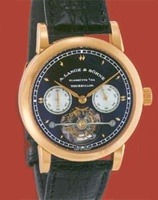
A. Lange & Söhne was first established in 1868 by Aldoph Lange in the town of Glasshutte, Saxony. The firm soon established itself as one of the world’s leading makers of distinctive timepieces. However, after the end of the Second World War, the factory was seized by the German Socialist Union and Walter Lange, the heir to the company, fled what was then East Germany.
It was only after the German reunification in 1990,that the founder’s great grandson, also called Walter Lange, began work to revive the company and today it has retaken its place among the leading watchmakers of the world with a reputation for handcrafted and innovative products.
The Tourbillon “Pour le Merite” was produced in a limited edition of 150 examples in 18K gold in the 1990’s, with only 15 produced in 18K pink gold and is therefore very rare and very collectable, despite its relative young age.
In The Double Eagle, Darius van Simson wears the rare pink gold Tourbillon “Pour le Mírite”.

